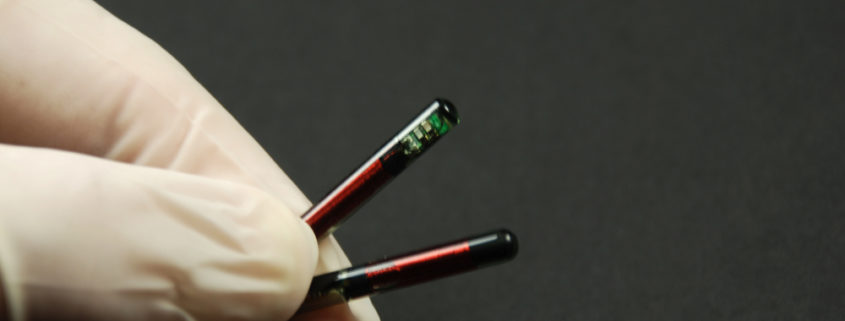The Properties and Design of RF and Mixed Signal ASICs
The development of electronics has greatly enhanced technological capabilities across multiple devices. This led many to wonder about the significance of RF (radio frequency) ASICs (application-specific integrated circuits) and mixed signal ASIC’s designs and properties in today’s electronics.
Both technologies have integrated ASICs into the core for better results. For instance, RF ASICs are capable of providing very high-resolution scans and deep RF analysis. On the other hand, mixed signal ASICs provide design engineers the capability to reduce complex, multiple integrated circuit (IC) design into one IC.
RF ASIC design and properties
In comparison to designing baseband IC, the development of RF ASICs involves different sets of challenges, which include the following.
- Demand caused by RF ASIC on process technology
- Need for high-performance passives with minimal parasites to minimize crosstalk and bandwidth reduction.
- Need for high Q inductors in the process
- Longer development time due to extensive simulations
Developing RF ASICs requires a larger non-recurring engineering budget because of the number of needed engineering resources and process constraints.
At the same time, testing of RF ASICs is another challenge because the tester interface hardware needs to be designed carefully and fabricated to minimize the impact of stray parasites and measurement mismatch.
The complexity of RF ASICs requires a design team with multiple design engineers to handle the different parts of the chip.
Mixed signal ASIC design and properties
Mixed signal ASIC design enables engineers to reduce the complexity of multiple IC designs into a single integrated circuit. In fact, this has become widely available and commercially viable. The benefits of using mixed signal ASICs include the following.
- Cost reduction
- Improved reliability
- Intellectual property protection
- Low power consumption
- Improved performance
- Miniaturization
Mixed signal ASIC design is the combination of analog and digital circuit competencies. Many ASIC chips are in cars, which provide the mechanism for basic functions like climate control, airbag deployment, and entertainment systems.
Some establishments also take advantage of ASIC chips for delivering basic services, especially in medical and manufacturing facilities. Both analog and mixed signal ASIC designs are found in products used by consumers in various segments of the market.
- Healthcare to cosmetics
- Industrial sensors to flight control
- Instrumentation
- Mobile devices to credit card scanners
Conclusion
Designing and manufacturing a mixed signal ASIC is not as easy as you think. The complexity is, even more, when it includes RF functionality. Therefore, analog integration with digital ICs must be avoided because it is quite risky to rely much on the trial-and-error process as applied in analog and RF design.
Understanding the underlying physical interaction phenomena that manifest in complex systems in combination with a robust and elegant design methodology founded on a digital-centric approach is a must in designing mixed signal ASICs.
This simply unifies the mixed signal design and digital signal processing. At the same time, it enables the integration of complex and highly sensitive, and high-performance analog and digital circuits without the anticipated compromises.
Ready to get your next project going with our experts at Linear MicroSystems? Click here to go to our contact page!
Linear MicroSystems, Inc. is proud to offer its services worldwide as well as the surrounding areas and cities around our Headquarters in Irvine, CA: Mission Viejo, Laguna Niguel, Huntington Beach, Santa Ana, Fountain Valley, Anaheim, Orange County, Fullerton, and Los Angeles.






